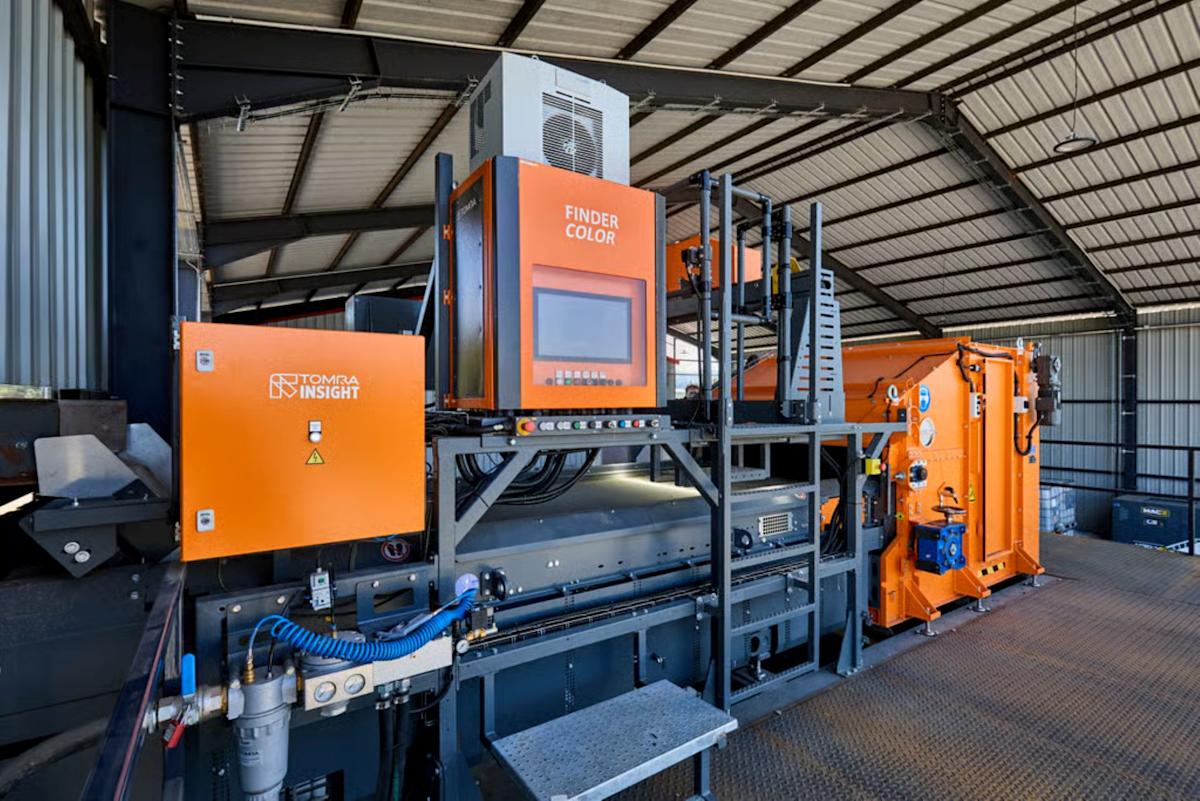Tomra Recycling has introduced a machine that identifies and separates different metals by appearance, making it easier for recyclers to extract profitable metals from combined scrap, according to Waste360.
The Finder Color system uses a camera with artificial intelligence to sort metals based on their look, size, and shape. This means recyclers can now separate materials with similar appearances, like distinguishing stainless steel from zinc and aluminum, or isolating copper and brass from piles of combined metals.
The machine processes material at speeds up to 20 metric tons per hour. It can handle pieces from about a quarter-inch to just under five inches. When metals look the same, recyclers can add an electromagnetic sensor that distinguishes between them using magnetic properties.
One key application is processing electronic waste. The system can identify and separate circuit boards from other materials, helping recyclers extract more value from discarded electronics. It also works well for automotive recycling, where it can purify stainless steel recovered from retired vehicles.
The technology solves a real problem in metal recycling: Many profitable materials get combined during collection and initial processing. Older methods often can’t separate metals that look the same or come in different sizes. This new approach uses imaging to identify individual pieces even when they’re next to each other or rest on conveyor systems of matching colors.
“After 25 years of offering color sorters, we continue to see strong demand for versatile, highly accurate, reliable and cost-efficient solutions,” said Tom Jansen, head of Metal Segments at Tomra.
“Finder Color pushes the boundaries of what color sorting machines can achieve with applications like separating stainless steel from a mixed fraction of other gray metals, such as zinc and aluminum, and purifying e-scrap to help customers maximize their output and stay competitive.”
The system can run in two modes: nonstop sorting for regular flows or batch runs where operators switch between different target materials. A recycler could focus on copper one day and then quickly reconfigure to sort brass the next.
For facilities that use other Tomra equipment, the new system integrates into current setups. It works well as a last cleaning stage once magnetic separators finish or other sorting technologies have removed some materials.
Metal recycling eliminates the need for mining new ore, thereby reducing habitat destruction and pollution from extraction. By making recycling operations more efficient and profitable, this technology keeps more material in circulation instead of sending it to landfills.
The system is available now through the Wendt Corporation in North America. Recycling facilities can test their materials at Wendt’s facility before purchasing.
Which of these factors would most effectively motivate you to recycle old clothes and electronics?
Letting me trade for new stuff
Keeping my stuff out of landfills
Click your choice to see results and speak your mind.
Join our free newsletter for weekly updates on the latest innovations improving our lives and shaping our future, and don’t miss this cool list of easy ways to help yourself while helping the planet.
